
September's Birthstone, the Sapphire
Happy September everyone and Happy Birthday to all of you royal September babies! Let’s talk about gorgeous sapphire, shall we? While we're talking, we'll just sprinkle some amazing blue sapphire pieces here and there for your viewing pleasure...
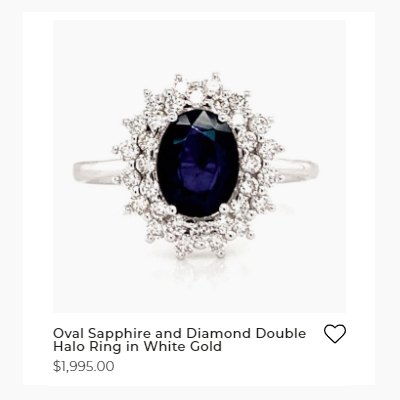
WHAT IS SAPPHIRE?
- The name "sapphire" typically refers to that deep rich blue gemstone. But did you know it's actually a variety of the mineral corundum? The blue sapphire you've learned to love is what we call corundum when it's blue.
- But traces of other elements (like iron, titanium, chromium, copper and magnesium) can give the naturally colorless corundum a tint of blue, yellow, purple, orange or green, respectively. Sapphires can come in pretty much any color, but blue is by far the most popular.
- The name “sapphire” comes from the Latin sapphirus and Greek sappheiros meaning “blue stone,” though those words may have originally referred to lapis lazuli. Some believe it originated from the Sanskrit word sanipriya which meant “dear to Saturn.”
- Sapphires symbolize loyalty, nobility, sincerity and integrity. They are associated with focusing the mind, maintaining self-discipline and channeling higher powers.
- Source: www.americangemsociety.org
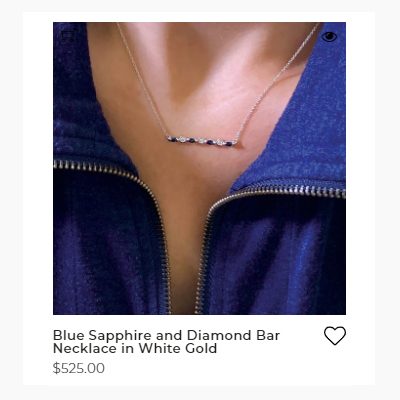
WHERE IS SAPPHIRE FOUND?
- Sapphires are found in India, Myanmar, Thailand, Vietnam, Sri Lanka, China, Australia, Brazil, Africa and North America (mainly Montana).
- Their origin can affect their value as much as color, cut, clarity and carat size. The most famous sapphires in the world are from Kashmir, but these rare gems are almost never seen, except in museums or photographs.

HOW TO BUY SAPPHIRE
- Like diamonds, sapphires are assessed by the 4Cs—color, clarity, cut and carat size—in addition to country of origin.
- Color has the most important influence on blue sapphire’s value. The most highly valued blue sapphires are velvety blue to violet-blue, in medium to medium dark tones. The saturation should be as strong as possible without darkening the color and compromising brightness. Sapphires with these qualities command the highest prices per carat.
- Secondary hues of green or gray detract from sapphire’s value. Sapphires are often treated with heat to improve color and clarity. Untreated natural gems are somewhat rare and incredibly valuable.

THE ALTERNATIVE (AND DURABLE) ENGAGEMENT RING OPTION
Sapphire (corundum) is relatively hard—9 on the Mohs scale. It has excellent toughness and doesn’t break easily when struck. This makes it a great choice for rings and other mountings subject to daily wear. If you have your heart set on a colored gemstone engagement ring, we highly recommend using sapphire! It comes in every color imaginable and handles daily wear much better than more delicate stones like emerald and morganite. Those gemstones are great, but better used in pieces you don’t wear all the time or which don’t get as much wear and tear (earrings & necklaces).
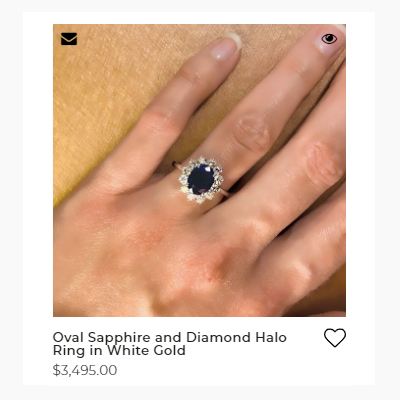
HOW TO CARE FOR SAPPHIRE JEWELRY
Sapphire (corundum) is relatively hard—9 on the Mohs scale *SEE ABOVE. It has excellent toughness and no cleavage, which is a tendency to break when struck. This makes it a great choice for rings and other mountings subject to daily wear. Warm, soapy water is always safe. Ultrasonic and steam cleaners are usually safe for untreated, heat-treated, and lattice diffusion treated stones. Fracture-filled, cavity-filled, or dyed material should only be cleaned with a damp cloth. Bremer Jewelry is always happy to clean and inspect your sapphire jewelry for free!
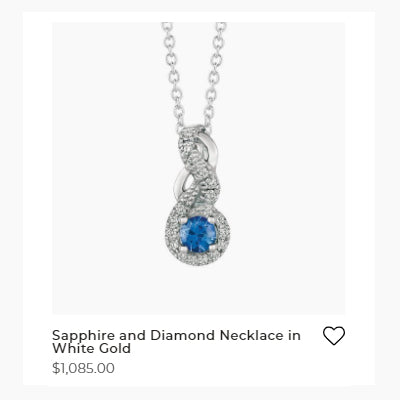
SAPPHIRE HISTORY
- Rarely present in nature, the scarcity of the color blue in ancient times made it much sought after. Cave paintings from 20,000 years ago lack any blue color and it wasn’t until roughly 6,000 years ago that humans began to develop blue colorants. Lapis, a semiprecious stone mined in Afghanistan, became highly prized among the Egyptians. They used chemistry to combine the rare lapis with other ingredients, such as calcium and limestone, and generate other saturated blue pigments. Source: www.ancient-origins.net
- Slowly, the Egyptians spread their blue dyes throughout the word, passing them on to the Persians, Mesoamericans and Romans. The dyes were expensive — only royalty could afford them. Over time, the color blue has maintained it’s special status and has often been used to designate positions of stature and authority.
- It’s no wonder then that blue sapphire gemstones have a royal reputation. Popular since the Middle Ages, sapphires have symbolized heaven and attracted divine favor and wise judgment – the stuff of kings and queens!
- The status of this gem was solidified as a symbol of royal love in 1981 when Britain’s Prince Charles gave Lady Diana a 12-carat blue sapphire engagement ring. Prince William later gave this ring to Catherine Middleton when he proposed in 2010.
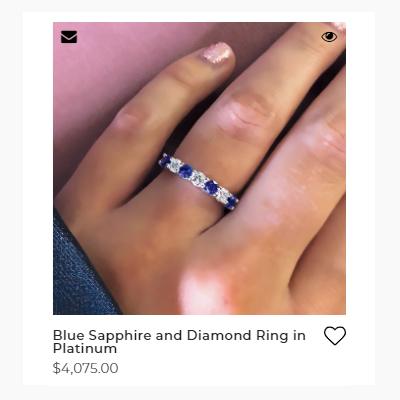
Whether it’s your birthstone, your favorite color, or you just want to feel like royalty, your family at Bremer Jewelry can help you find your perfect sapphire jewelry!
Discover the meaning behind your birthstone.
July birthstone boasts the radiant Ruby, while April birthstone shines with the exquisite diamond. October birthstone offers the enchanting tourmaline and opal. August birthstone showcases the peridot, sardonyx, and spinel. May birthstone dazzles with the beloved green emerald. November birthstone presents the citrine and topaz. June birthstone delights in the allure of alexandrite, moonstone, and pearl.
